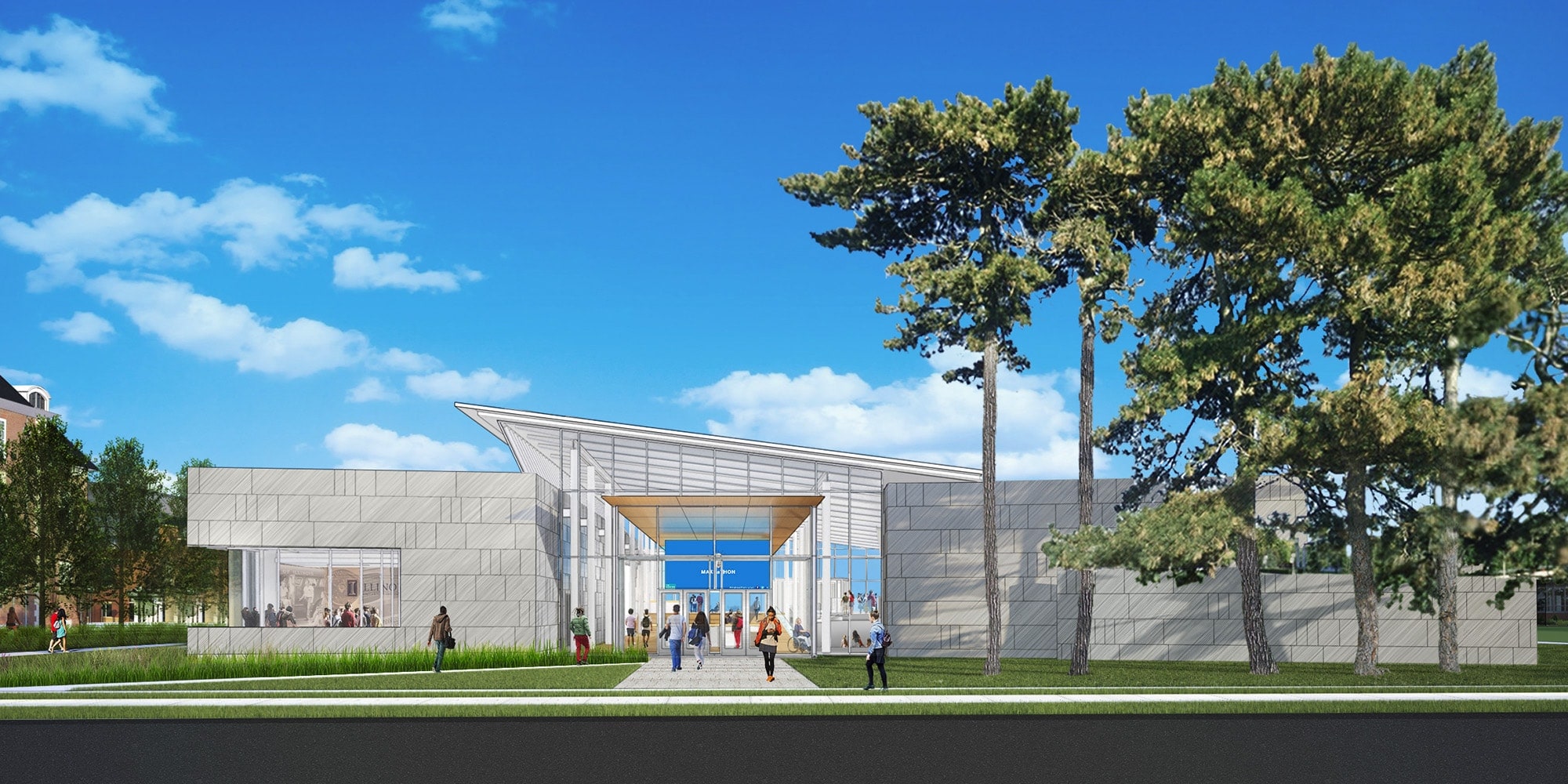Special Topics II
- Teacher: Jake Fava
- Teacher: Luciana Rodrigues
Develop Breakthrough Projects
- Teacher: Luciana Rodrigues
Course Description (in Course Explorer)
Design Thinking for Social Impact tackles social needs and issues through an immersive exploration of design thinking. Social innovation seeks to create transformational change in underserved, underrepresented, and disadvantaged communities at the local to international levels. We know that many social issues are often too complex to be solved by using traditional methods. Understanding that these are vast, difficult, and overwhelming, and social problems like poverty, homelessness, hunger, clean water, and violence are just a small sliver of the issues our society faces. Students in this course will work in groups to participate in the design thinking process in order to develop innovative outcomes. This class will meet for the 2nd 8 weeks of the Fall 2020 semester.
Learning Outcomes
The goal is that students will:
-
be able to demonstrate engagement with early empathic stages of design research
-
be able to give and receive productive and kind feedback within a classroom setting
-
work collaboratively to practice elements of the human-centered design process
-
feel and start to understand a sense of the ambiguity and iteration that is often necessary in the human-centered design process
-
start understanding how to design and co-design within a social impact context
Articles + Books
There are no required books for this class and any readings, videos, and other required materials that you might need will be provided to you via easily accessible links online. If for some reason you are unable to access a link, please let me know so that I can help troubleshoot.
A Bit More About This Class
This class was co-created in the Fall of 2018 and has been offered in Spring 2019 and Fall 2019. You are currently taking the third iteration of this course… in a pandemic… and online. Social impact work in design (also sometimes interchangeably referred to as social innovation, social impact design, or service design) is a passionate area for me. And I’m guessing it is for you, too, since you decided to enroll in this class.
Unlike the Intro to Design Thinking course that gives you a solid foundation of design thinking and human-centered design and the phases of the processes, we’re going to spend a lot of time these next several weeks in the Understand space and learn a bit more about your motivations for wanting to do a social impact project. Because this class is best-delivered face-to-face, we are going to utilize Miro, a great web-based collaborative tool that many of us at Siebel Center for Design has been prototyping since March.
The class is structured around a series of 7 questions (tackling one per week) that students will likely face throughout their involvement in social impact work. This fully remote class (via Zoom) will feature whole-class dialog, small group activities, virtual whiteboard workshops, readings, and written assignments. And since the class is fully-remote over Zoom during a pandemic, I ask that we all give ourselves some grace as we learn how to navigate how to be a student (and an instructor) during this time. There’s little reference for how to do this well so let’s all take a second to recognize how unsettling this moment is.
- Teacher: Rachael Dietkus

TE401: Introduction to Design Thinking
- Teacher: Amanda Henderson